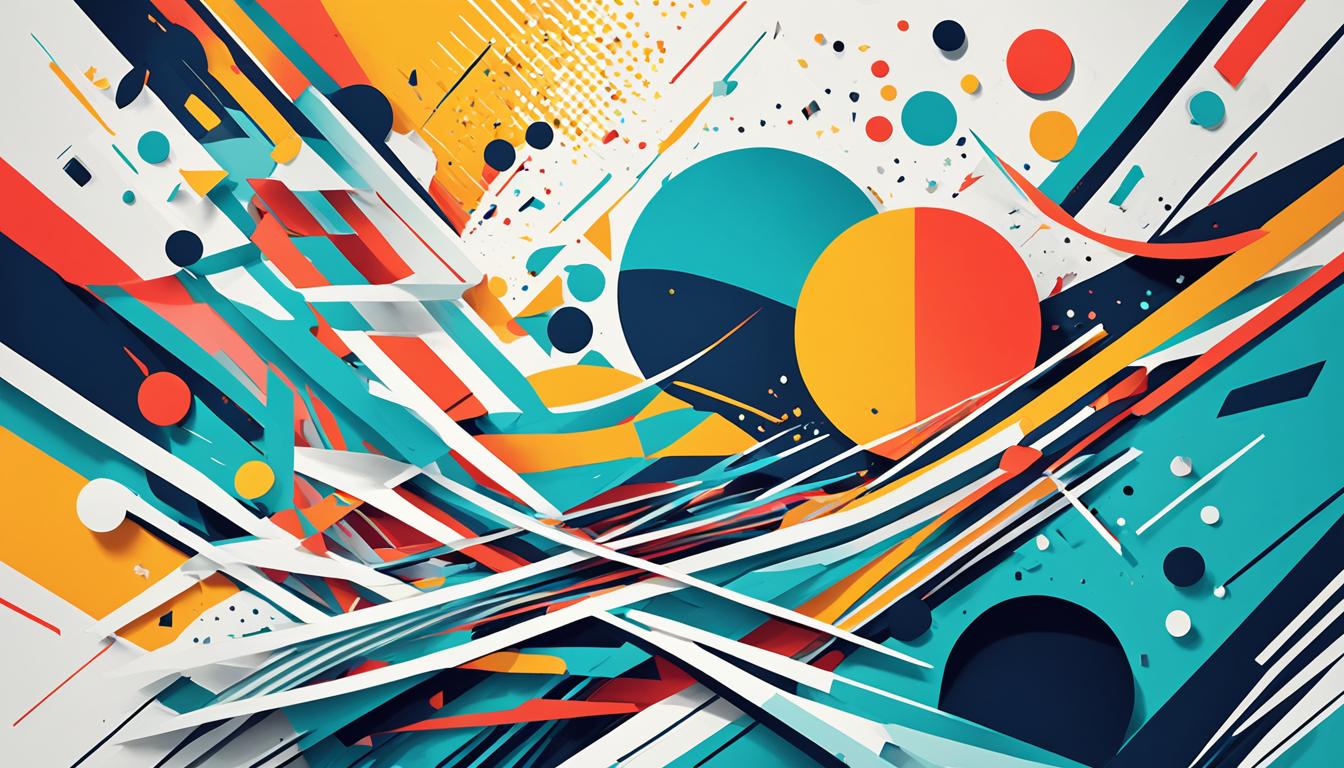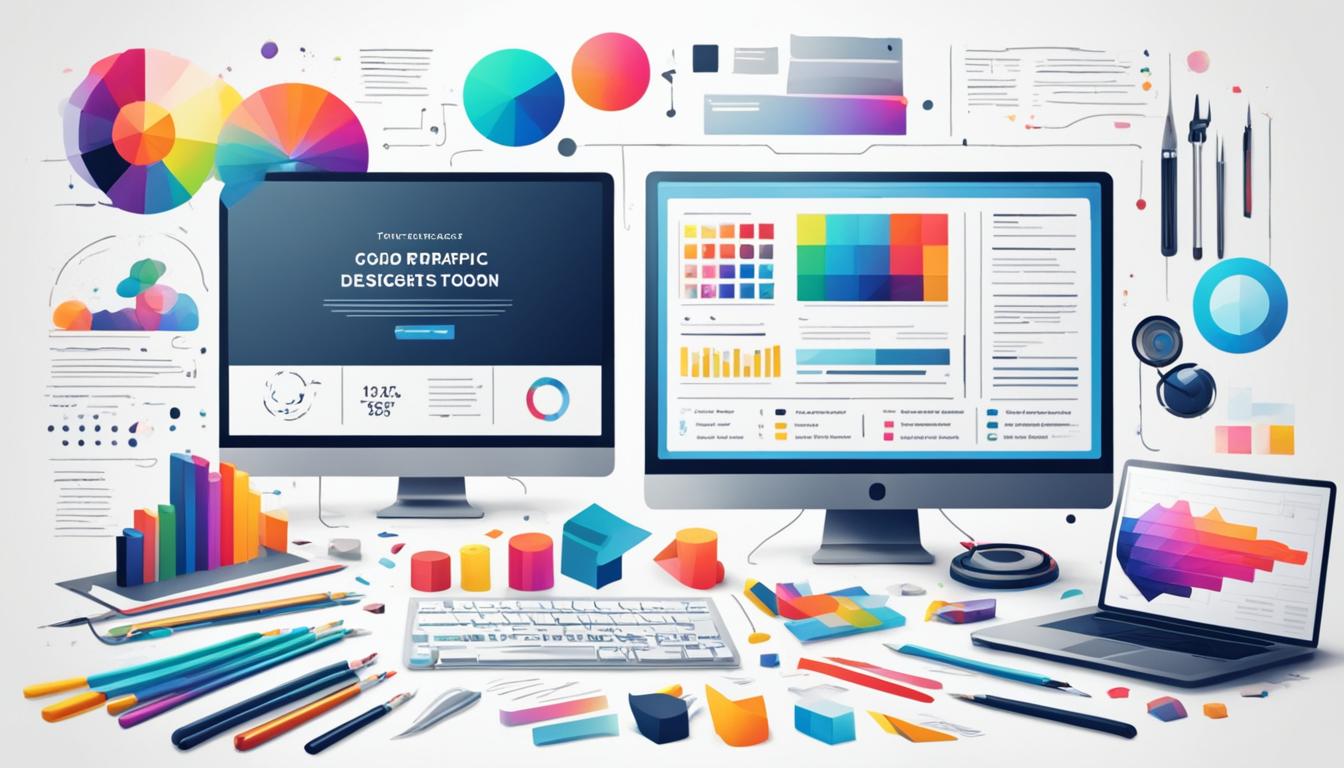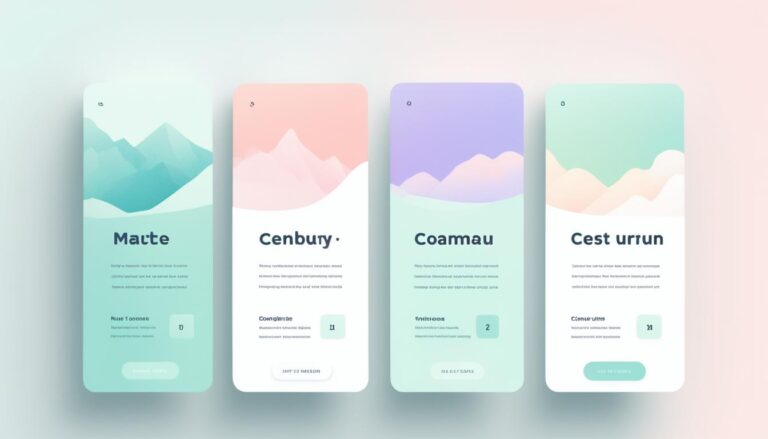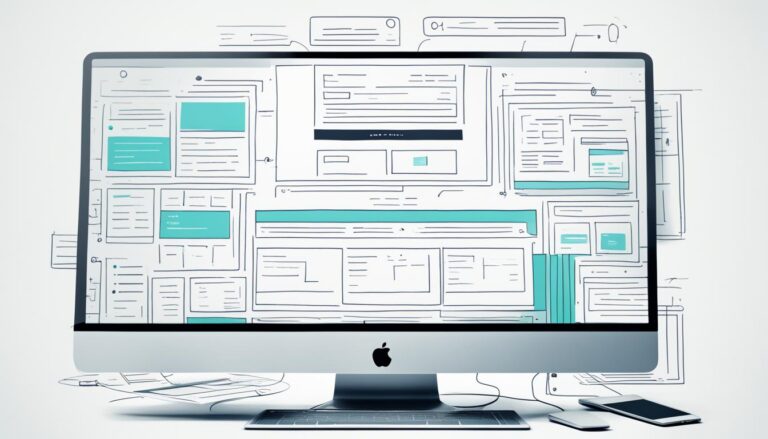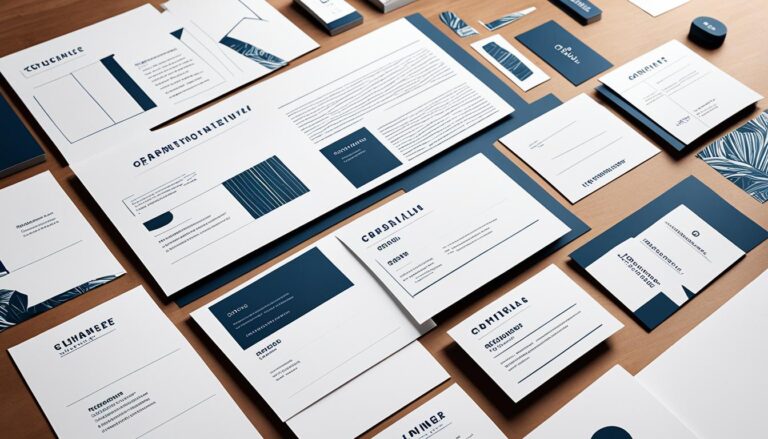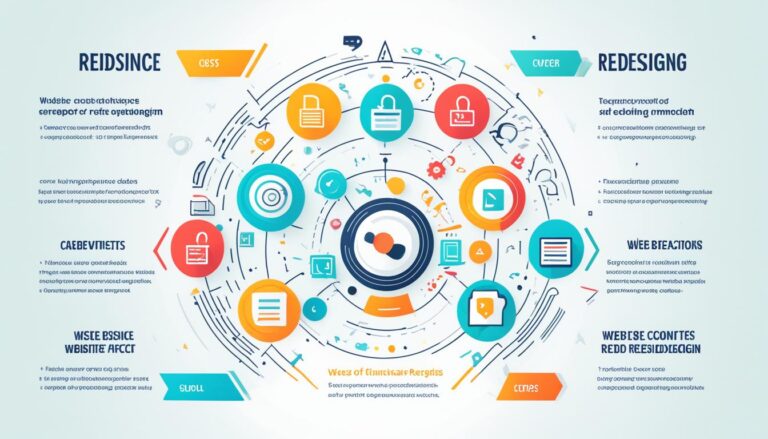Unlock Graphic Design Degree Careers & Opportunities
If you have a passion for creativity and design, pursuing a graphic design degree can open up a world of exciting career opportunities. The field of graphic design is incredibly versatile, offering numerous paths for individuals with the right skills and qualifications. Whether you dream of working in publishing, marketing, advertising, or web design, a graphic design degree can pave the way to a fulfilling and financially rewarding career.
With the ever-increasing demand for visually appealing content, the need for skilled graphic designers is on the rise. Industries such as publishing, marketing, advertising, and web design are constantly seeking talented individuals with the ability to create eye-catching and impactful designs that resonate with their target audience.
Popular career paths in graphic design include brand identity design, marketing and advertising design, packaging design, web and user interface design, print and publication design, lettering and type design, graphic illustration, and data visualization and infographic design. Each of these paths offers unique challenges and opportunities to showcase your creativity and make a significant impact in your chosen industry.
Career Paths in Graphic Design
If you’re considering a career in graphic design, you have a wide range of exciting paths to choose from. Each specialization within graphic design offers unique opportunities to showcase your creativity and expertise. Whether you’re passionate about brand identity design, marketing and advertising design, packaging design, web and user interface design, print and publication design, lettering and type design, graphic illustration, or data visualization and infographic design, there’s a niche for you to explore.
Brand Identity Design: As a brand identity designer, your role is to create visually stunning representations of a brand’s identity. This includes designing logos, selecting color palettes, and determining typography. Working closely with marketing teams, brand identity designers ensure that their designs align with the brand’s message and values.
Marketing and Advertising Design: Graphic designers specializing in marketing and advertising focus on creating visually compelling assets for campaigns. From print and digital advertisements to social media graphics, brochures, and billboards, these designers understand consumer behavior and use design elements effectively to drive engagement and boost sales.
Packaging Design: Packaging designers play a crucial role in creating appealing and functional packaging for products. They possess a deep understanding of branding, color theory, and typography. These designers are well-versed in regulations and requirements for packaging information, ensuring a seamless blend of aesthetic appeal and functionality.
Web and User Interface Design: Web and UI designers are responsible for creating visually pleasing and user-friendly designs for websites and applications. They have a solid grasp of design principles, user experience design, and basic coding principles. Their designs should optimize search engine visibility while delivering an exceptional user experience.
Print and Publication Design: Graphic designers in this field focus on print-related projects such as book covers, magazine layouts, menu designs, and album covers. They possess a keen understanding of design principles and technical specifications to create print-ready files that captivate audiences.
Lettering and Type Design: Lettering and type designers specialize in creating typefaces, fonts, and hand-lettered designs. These designers possess a thorough understanding of typographic principles and how different design elements contribute to overall readability. Their work elevates the aesthetics and impact of text-based designs.
Graphic Illustration: Graphic illustrators unleash their creativity in creating custom illustrations for commercial and editorial purposes. They may work on digital products, blog posts, books, games, and more. Not only can they bring visual narratives to life, but they can also create stock illustrations for wider use and passive income opportunities.
Data Visualization and Infographic Design: Data visualization and infographic designers specialize in transforming complex data into visually appealing and easy-to-understand formats. Armed with a solid understanding of data science and design principles, they create infographics and data visualizations that simplify and enhance understanding.
Skills Required in Graphic Design
- Proficiency in graphic design software such as Adobe Creative Suite
- Strong artistic and creative skills
- Understanding of design principles, color theory, and typography
- Ability to work under tight deadlines
- Attention to detail and focus on quality
- Excellent communication and teamwork skills
- Flexibility to adapt to evolving design trends and technologies
By specializing in one of these diverse areas of graphic design, you can develop a focused skill set that sets you apart in the industry. However, versatility in different design disciplines can also be a valuable asset. Your choice will depend on your passion, personal strengths, and the opportunities that excite you.
Image:
Conclusion
A graphic design degree opens up a world of possibilities in various industries and career paths. With the increasing emphasis on visual content, the demand for skilled graphic designers is expected to continue growing. Businesses recognize the power of captivating design in engaging their audiences and conveying their messages effectively.
To succeed in the graphic design industry, it is crucial to build a strong portfolio that showcases your skills and creativity. Gaining practical experience through internships or freelance work can provide valuable insights and help you refine your skills further. Continuous learning and staying updated with the latest design trends, technologies, and software are essential to stay relevant in this ever-changing field.
By specializing in a particular area of graphic design or becoming a versatile designer, you can position yourself to seize lucrative opportunities. Whether it’s brand identity design, marketing and advertising design, packaging design, web and user interface design, or any other niche, honing your expertise can enable you to command higher prices and be in high demand.
A career in graphic design offers a fulfilling and creatively satisfying journey. It allows you to bring your artistic vision to life while meeting the needs of clients and businesses. With the right skills, dedication, and a passion for design, you can navigate the future of graphic design with confidence and embrace the endless possibilities that await.
FAQ
What career options are available for individuals with a graphic design degree?
Graphic design is a versatile field that offers numerous career options. Some popular career paths include brand identity design, marketing and advertising design, packaging design, web and user interface design, print and publication design, lettering and type design, graphic illustration, and data visualization and infographic design.
What is brand identity design?
Brand identity design involves creating the visual identity of a brand, including designing logos, selecting color palettes, and determining typography. These designers work closely with marketing teams to ensure the designs align with the brand’s message and values.
What is marketing and advertising design?
Marketing and advertising designers focus on creating visually appealing assets for marketing and advertising campaigns. They create print and digital advertisements, social media graphics, brochures, and billboards, using design elements effectively to drive consumer engagement and purchases.
What is packaging design?
Packaging designers create visually appealing and functional packaging for various products. They need to have a strong understanding of branding, color theory, typography, and any regulations or requirements for packaging information.
What is web and user interface design?
Web and UI designers create designs for websites and applications. They need to have a solid grasp of design principles, user experience design, and basic coding principles. Their designs should be visually pleasing, user-friendly, and optimized for search engines.
What is print and publication design?
Graphic designers in this field work on print-related projects such as book covers, magazine layouts, menu designs, and album covers. They need to understand both design principles and technical specifications for creating print-ready files.
What is lettering and type design?
Lettering and type design focuses on creating typefaces, fonts, and hand-lettered designs. Lettering and type designers need to have a thorough understanding of typographic principles and how different design elements contribute to overall readability.
What is graphic illustration?
Graphic illustrators create custom illustrations for commercial and editorial purposes. They may work on digital products, blog posts, books, games, and more. Illustrators can create stock illustrations for wider use and passive income opportunities.
What is data visualization and infographic design?
These designers specialize in representing complex data in visually appealing and easy-to-understand formats. They need to have a solid understanding of data science and use design principles to create effective infographics and data visualizations.
How financially rewarding are graphic design careers?
Graphic design careers can be financially rewarding, with a median annual salary of approximately $53,380 in 2021.
What are some tips for excelling in the field of graphic design?
To excel in graphic design, it’s important to develop a strong portfolio, acquire experience through internships or freelance work, and continuously refine your skills.
What is the demand for graphic designers?
The demand for graphic designers is high, particularly in industries such as publishing, marketing, advertising, and web design. Businesses rely on visually appealing content to engage their audience, so the demand for graphic designers is expected to continue growing.
How can I stay relevant in the field of graphic design?
To stay relevant, it’s important to stay updated with the latest design trends, technologies, and software. Continuous learning and professional development are key to ensuring your skills remain in-demand.



